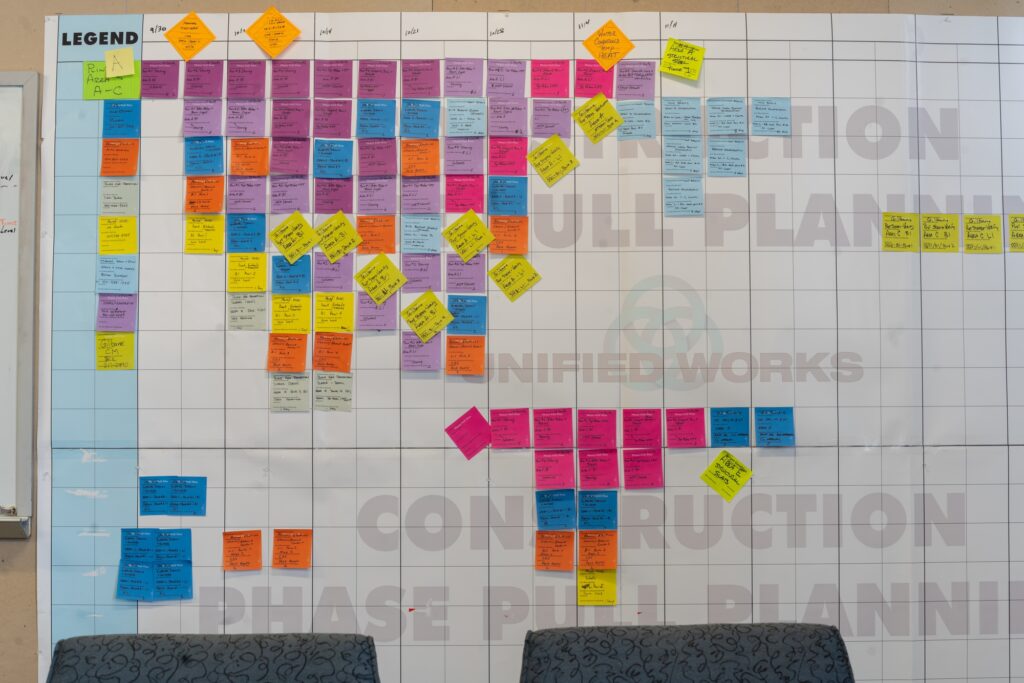
Integrated Project Delivery
Leveraging our Lean expertise to maximize project outcomes through IPD
Features and Benefits
Integrated Project Delivery (IPD) is an alternative delivery method that integrates project partners as early as possible in the preconstruction phase to foster alignment and optimize project results. This highly collaborative approach brings together design, construction, trade partners, and vendors to share project risks and rewards while supporting desired Lean behaviors.
An IPD approach applies Lean principles and practices without the traditional contractual constraints that may restrict true collaboration. IPD enhances the sharing of ideas, materials, and manpower – yielding improved project outcomes.
Benefits of Integrated Project Delivery:
- Allows us to engage deeply with clients to establish the target value
- Supports early collaboration, alignment, and innovation
- Increases team alignment and reduces overall cost and schedule by concurrently designing the project and process
- Leverages the entire team’s expertise.
IPD Lean Tools and Methods
An IPD approach brings established practices and innovative tools such as:


Let’s talk about your project.
Have a building project in the works? Our team would love to talk with you about how TPM can help your organization make the transition seamlessly.